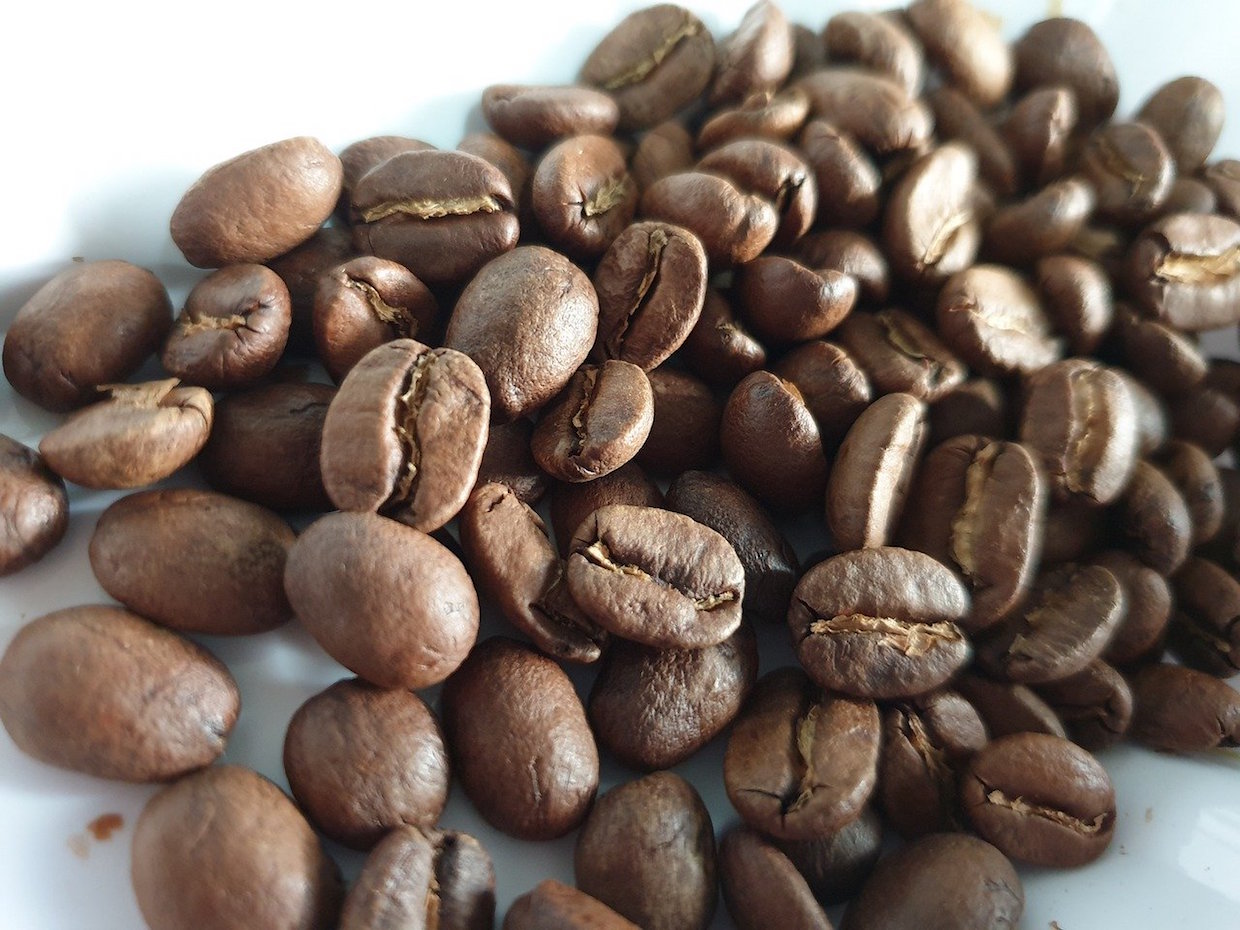If you are currently following a ketogenic diet, also called keto, then you have probably…

Small Businesses See Major New Changes Affecting PPP Loans

The United States Small Business Administration has issued a flurry of new rules related to the rapidly changing Paycheck Protection Program (PPP), designed to keep small businesses solvent and employees paid as the economy has slowed due to the COVID-19 pandemic.
A mostly incoherent speech from Donald Trump during the signing of the bipartisan-supported H.R. 7010, known as the PPP Flexibility Act, on Friday, June 5, provided virtually no substance to business owners.
Yesterday, however, a joint statement from Treasury Secretary Steven Mnuchin and SBA Administrator Jovita Carranza clarified specific amendments while offering some insight into how they will be interpreted by the SBA and by lenders.
In short, the PPP Flexibility Act serves to extend various deadlines, and loosen restrictions on how money must be used in order to achieve loan forgiveness. The two biggest changes are an extension to when the money must be used in order to qualify for forgiveness (from eight weeks to 24), and a reduction in the minimum amount businesses must put towards payroll costs (from 75% to 60%) in order to receive a maximum amount loan forgiveness.
It is presently not possible to quantify just how much U.S. coffee businesses, particularly coffee retailers, have suffered since the beginning of COVID-19-related shutdowns, and early indications suggest that retailers have been rapidly evolving to try to maintain revenue.
Along with low-interest EIDL loans, the PPP has been a crucial source of revenue for hundreds of thousands of foodservice, restaurant and cafe businesses throughout the U.S., although plenty of question marks remain about how forgiveness will ultimately be evaluated.
Following is a summary of some of the latest clarifications related to the PPP, along with a PPP timeline and some background information from additional sources.
This is by no means an endorsement for engaging in a PPP loan, nor is it intended to be used as legal advice. It should also be noted that PPP implementation has been fluid and changing, information may quickly fall out of date, and the SBA has failed to regularly maintain its own resources in step with public announcements.
For official information, try the SBA COVID-19 page.
Latest Developments with PPP
Here is a summary of amendments to the PPP loan program as introduced in the PPP Flexibility Act:
- Small businesses now have until June 30 to apply for PPP loans. For more analysis: Inc.
- For borrowers seeking loan forgiveness — essentially turning the loan into a grant or partial grant — the SBA has extended the period within which borrowers must use the loan money from eight weeks to 24 weeks from the date of disbursement.
- Where previously the program required that 75% of the money be spent on “payroll costs” in order to reach forgiveness, the program now offers some level of forgiveness at 60%. Partial forgiveness may also be achieved even if borrowers do not meet that 60% threshold. Unfortunately, the wording of the joint statement is woefully unclear here, and interpretations of what these numbers represent differ from source to source. For more analysis: Forbes.
- For the record, here is the statement from the SBA regarding this change: “Lower the requirements that 75 percent of a borrower’s loan proceeds must be used for payroll costs and that 75 percent of the loan forgiveness amount must have been spent on payroll costs during the 24-week loan forgiveness covered period to 60 percent for each of these requirements. If a borrower uses less than 60 percent of the loan amount for payroll costs during the forgiveness covered period, the borrower will continue to be eligible for partial loan forgiveness, subject to at least 60 percent of the loan forgiveness amount having been used for payroll costs.”
- The Act now provides expanded “safe harbor” conditions for businesses that are able to: 1) document that they were unable to hire or re-hire full-time equivalent (FTE) employees between Feb 15, 2020 and Dec. 31, 2021; or 2) were unable to resume normal business activities due to compliance with standards set by various federal agencies in response to COVID-19-related safety. For more interpretation: JD Supra or National Law Review.
- The Flexibility Act increases the maturity period of loans granted after June 5, 2020, to five years (from two years previously).
Here are some interesting statistics related to PPP:
- The PPP was created under the Coronavirus Aid, Relief, and Economic Security Act (CARES Act), which was signed into law on March 27.
- The initial round of loans totaling $349 billion was tapped in just 13 days.
- A second round of loans totaling $320 billion was launched April 30.
- As of Wednesday, June 3, the SBA reported that about $130 billion remains from that second round.
- Approximately 4.5 million businesses have received loan approvals, totaling $510.6 billion, according to the SBA.
DCN is continuing to receive feedback from coffee businesses about their PPP loan experiences here. Results of a survey of small coffee business owners’ experiences with PPP loans taken just prior to the second round of funding is available here.
Related Reading
Nick Brown
Nick Brown is the editor of Daily Coffee News by Roast Magazine. Feedback and story ideas are welcome at publisher (at) dailycoffeenews.com, or see the “About Us” page for contact information.






